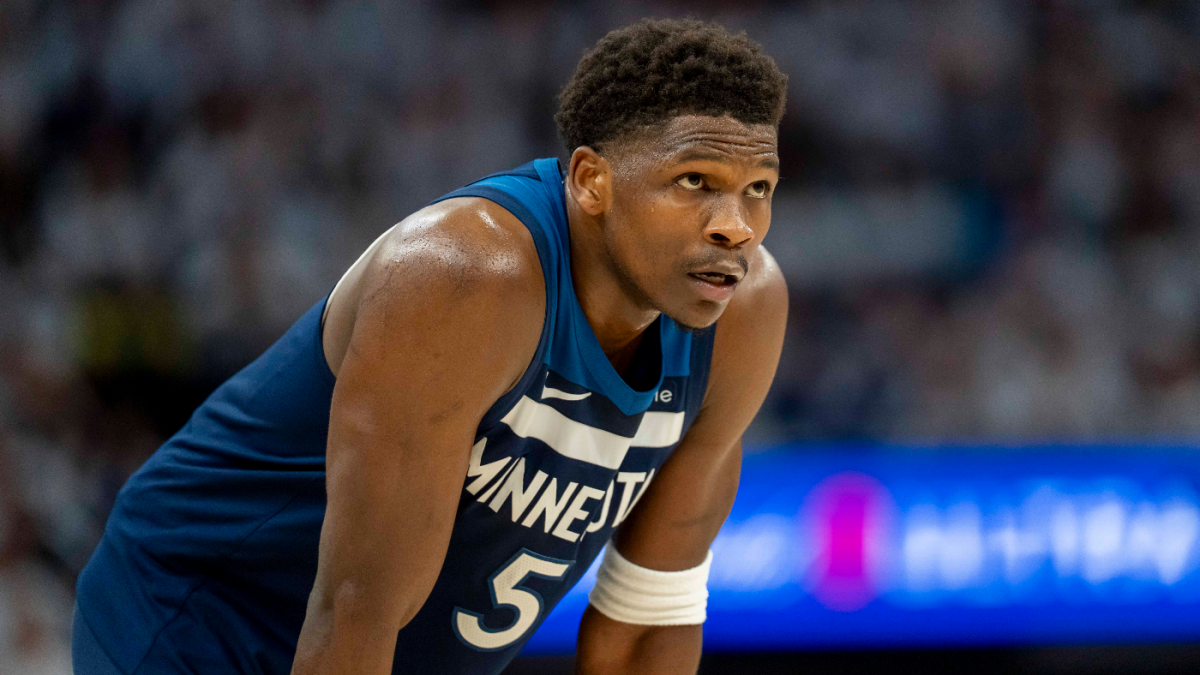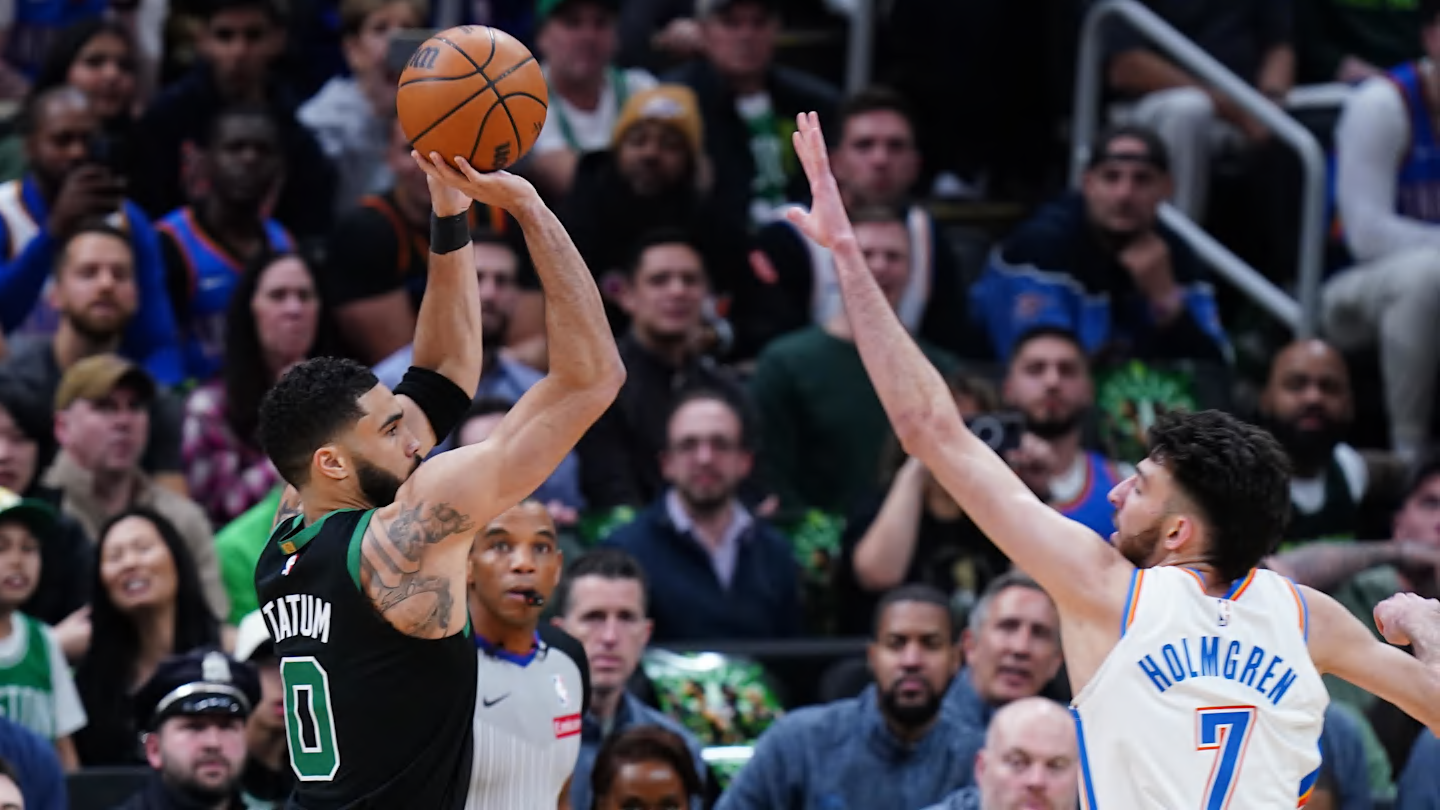
It’s been five months since Brian Windhorst voiced his frustration with the current state of NBA media.
The longtime ESPN analyst insists the NBA “has never been better,” even as the coverage surrounding it often skews negative. That contrast only reinforces a point recently made by Awful Announcing’s Matt Yoder: Much of today’s sports media seems ill-equipped to cover the league adequately.
To his credit, Windhorst understands the nuance and recognizes that many in the industry aren’t helping the NBA make the kind of progress commissioner Adam Silver is aiming for. And he’s previously said that NBA media is constantly devaluing the very things that help grow the game.
But so is the league.
“Access and rapport with players has plummeted. Now, some would argue that that’s good because the media doesn’t treat the players well, and blah, blah, blah,” Windhorst said during a recent appearance on The Press Box with Bryan Curtis and Joel Anderson.
“I think it’s bad business. I think part of the reason why some interest has waned a bit is that there’s more distance between the players. I think while player media is good, I think the players aren’t experts at storytelling. I think, in general, storytelling about the league is on the way down and needs to rebound. I don’t know on the pie chart how big it would be, but part of the reason why storytelling isn’t as good as it used to be is because of the physical architecture that has changed within the NBA.”
Windhorst added that today’s NBA arenas and facilities make it easy for players to avoid the media. The locker room used to be the natural point of access. But players are rarely at their lockers anymore. Instead, they head straight to private areas, cutting off one of the few remaining spaces where honest conversations could happen.
The result? Less storytelling, less context, and less connection between the league and its fans.
“There’s a lot of gotcha journalism that goes on now and a lot of clout chasing, or whatever,” Windhorst explains. “And like a paragraph will say seven paragraphs and one sentence from one paragraph gets used, and that’s the headline. And that’s on NBA Central on Twitter. And the player’s like, ‘Why’d this guy screw me over?’ And I can get why they don’t do it. It’s a two-way street. But architecture has led to reduced storytelling.”
When asked what NBA reporting might look like in five to ten years, Windhorst didn’t offer a blueprint. But he’s hopeful it will start looking more like the past.
“I’d like to believe we’ll lean back towards storytelling… I see some shoots of moving that way and that there’s more of that, that we move back to that,” he said. “I’d like to believe that Shams [Charania] has gone king of the mountain, and just owns the news, and it’s just like it’s his, and he just, he feasts on it. I think we can all agree that he works extremely hard, and I think we should all agree to just let him have it. That’s probably cock eyed optimism.
“I suspect that there will be less player media because player media for largely has failed. There are obviously very successful guys and girls who have done it. But the podcast boom, at least the handing out of the money, has stemmed. And I suspect the fact that we’re going to see that sort of peel back a little bit.”
Ultimately, Windhorst said he won’t truly know where NBA media is headed until Amazon and NBC start airing games. While both of the league’s new media partners have made big hires, we won’t get a sense of which direction they’ll take until the 2025-26 NBA season.
“Those are potential game changers, or not,” Windhorst said. “I don’t know yet.”

